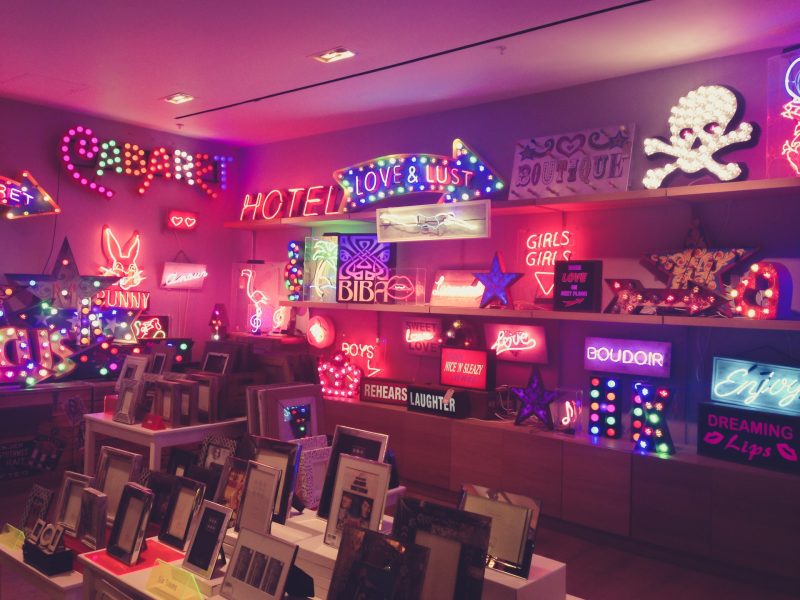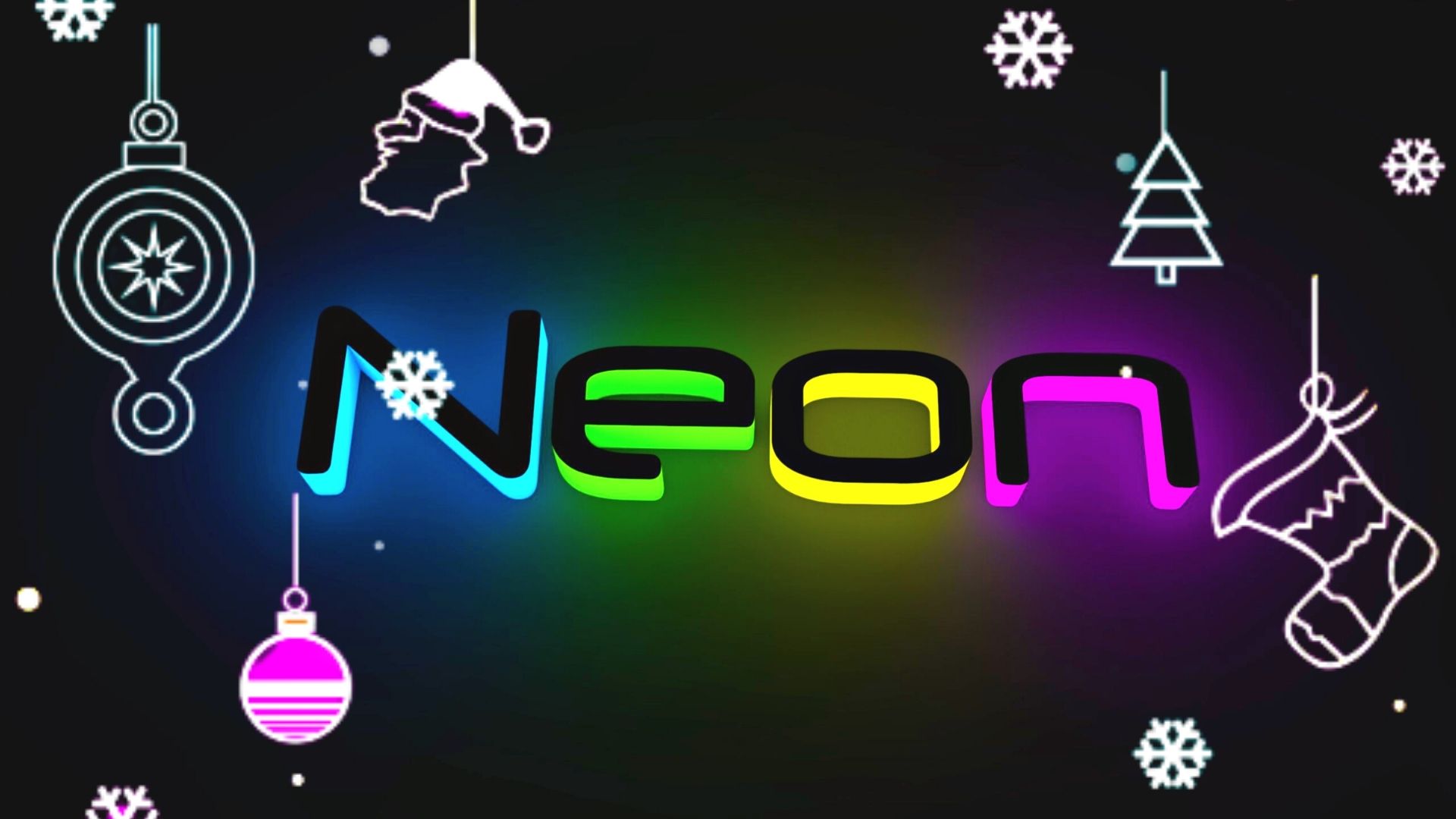Introduction
There are several interesting facts about neon lights. Neon lights are everywhere these days. They are found in cars, homes, offices, restaurants, and even clothing stores. What makes them so special?
Neon lights are made from sodium vapor, which is created by heating a mixture of chemicals. The result is a bright light that lasts longer than other types of lighting. Neon lights are also known for their vibrant colors.
There are several interesting facts about neon lights. For example, they are very energy efficient because they don’t require electricity to operate. Also, they are inexpensive to produce and install.
How Neon Lights Work
In this segment, we will learn how neon lights work. We will start with the basics, including what materials go into making neon lights. Then, we will move on to explaining how the process works. Finally, we will discuss why neon lights last longer than other types of lights.
What Materials Go Into Making Neon Lights?
The first step in creating a neon light is finding the right chemicals. There are many different kinds of chemicals used to make neon lights. Some of the most common include:
Sodium – This chemical is used to create the gas inside the neon tube. It can be found in salt or brine.
Barium – This chemical is added to help control the color of the neon light.
Magnesium – This chemical helps create the color yellow in neon lights.
Hydrogen – This chemical is used as an oxidizer. Hydrogen is needed to burn the sodium, which creates the glowing effect.
Nitrogen – This chemical is needed to keep the neon tubing from breaking down over time.
Carbon Dioxide – This chemical is needed for the neon tube to glow brightly.
Nitrous Oxide – This chemical is used in some neon signs.
Noble Gases
– These gases are used to fill the space between the glass tubes.
Neon Light Process
There are several interesting facts about neon lights. Once all of the chemicals have been mixed together, it is heated up until the temperature reaches 2000 degrees Fahrenheit (1093 degrees Celsius). At this point, the chemicals begin to react. As the reaction begins, the gas molecules separate and become electrically charged.
When the gas cools, the electrons return to the atoms, leaving behind positively charged ions. The positive ions then attract the negatively-charged electrons of the surrounding atoms. This causes the atoms to form bonds with each other.

This process continues until there are enough negative charges to neutralize the positive charge of the ionized gas.
Morris W. Travers About Neon
Neon lights are a great way to add brightness and color to your home or business. But did you know that neon lights are more energy-efficient than traditional incandescent bulbs? Learn more about the history of neon lights and how they were developed.
Liquid Neon
Lighting
Liquid neon lighting is becoming increasingly popular. Liquid neon lights use liquid neon instead of solid neon. They are much easier to maintain than solid neon.
Neon Light History
There are several interesting facts about neon lights. Neon lights have been around since the early 1900s. However, they didn’t become widely known until the 1950s. In the 1930s, scientists discovered that when a high voltage was applied to a mixture of water and certain metals, the metal would emit ultraviolet rays. Scientists also learned that these rays could cause the formation of phosphorescent compounds.
In the 1940s, scientists began experimenting with using these phosphorescent compounds in lamps. One such lamp was called “neon.” The name came from the fact that the gas emitted by the lamp looked like a stream of neon light.
In the 1960s, scientists created a new type of neon light. Instead of using a mixture of water and metals, they used a mixture of hydrogen and oxygen. This new type of neon light became known as “solid neon.”
Solid Neon Lights
Solid neon lights are very similar to regular neon lights. They consist of two glass tubes connected by a small amount of gas. When electricity passes through the glass tubes, the gas emits ultraviolet rays. These rays excite the phosphorous inside the glass tubes. Once excited, the phosphorous glows brightly.
The main difference between solid neon lights and regular neon lights is that the gas is contained within the glass tubes. This makes it easier to maintain. It also allows for greater control over the colors produced by the lights.
The first solid neon light was invented by a man named Charles Fritts. He patented his invention in 1967. Since then, many companies have manufactured solid neon lights.
Abundant Element
Neon lights are made from a chemical compound called argon. Argon is an abundant element found on Earth. It can be obtained from air and rock.
Neon Lights Today
Today, most neon lights are manufactured using solid neon technology. Solid neon lights are available in a variety of shapes and sizes. Some common types include:
- Rectangular
- Round
- Oval
- Flush mount
- Wall mount
- Pendant
- Track lighting
- Floodlights
- Spotlights
- Tube lights
- Fixtures
- Accessories
Neon lights are often used in retail stores, restaurants, bars, nightclubs, offices, schools, hospitals, and other commercial settings.
You may also find them at fairgrounds, amusement parks, sports stadiums, concert venues, and theme parks.
Conclusion
Neon lights are a fun and exciting addition to any room. They offer a bright glow and unique look. You can create a modern, futuristic feel with some cool neon lights. If you’re interested in adding neon lights to your home or business, check out our selection today!
A brief history of neon signs, including their use prior to the 20th century, their rise during the 1920s and 1930s, and their decline after World War II.
Neon Signs
A Brief History Of Neon Signs
Neon signs were introduced to the world in the late 1800s. At the time, neon signs were considered extremely expensive and impractical. They were mainly used in theaters, department stores, hotels, and other places where people would spend money.
There are several interesting facts about neon lights. During this period, neon signs were mostly used for advertising purposes. They were not meant to last more than a few days. After the initial excitement wore off, customers would forget about the advertisements. The only reason neon signs lasted long enough to be noticed was because they were lit continuously.

